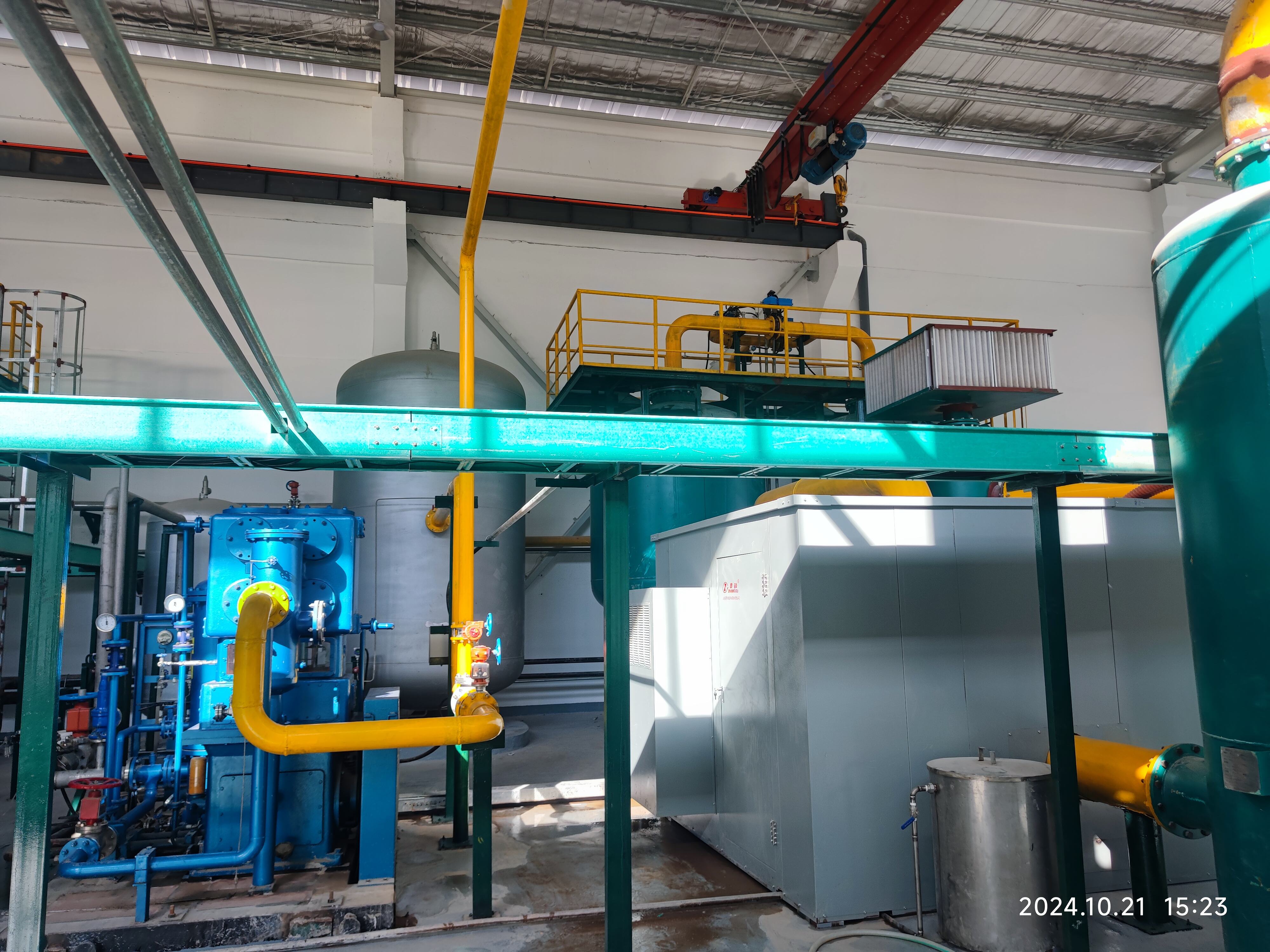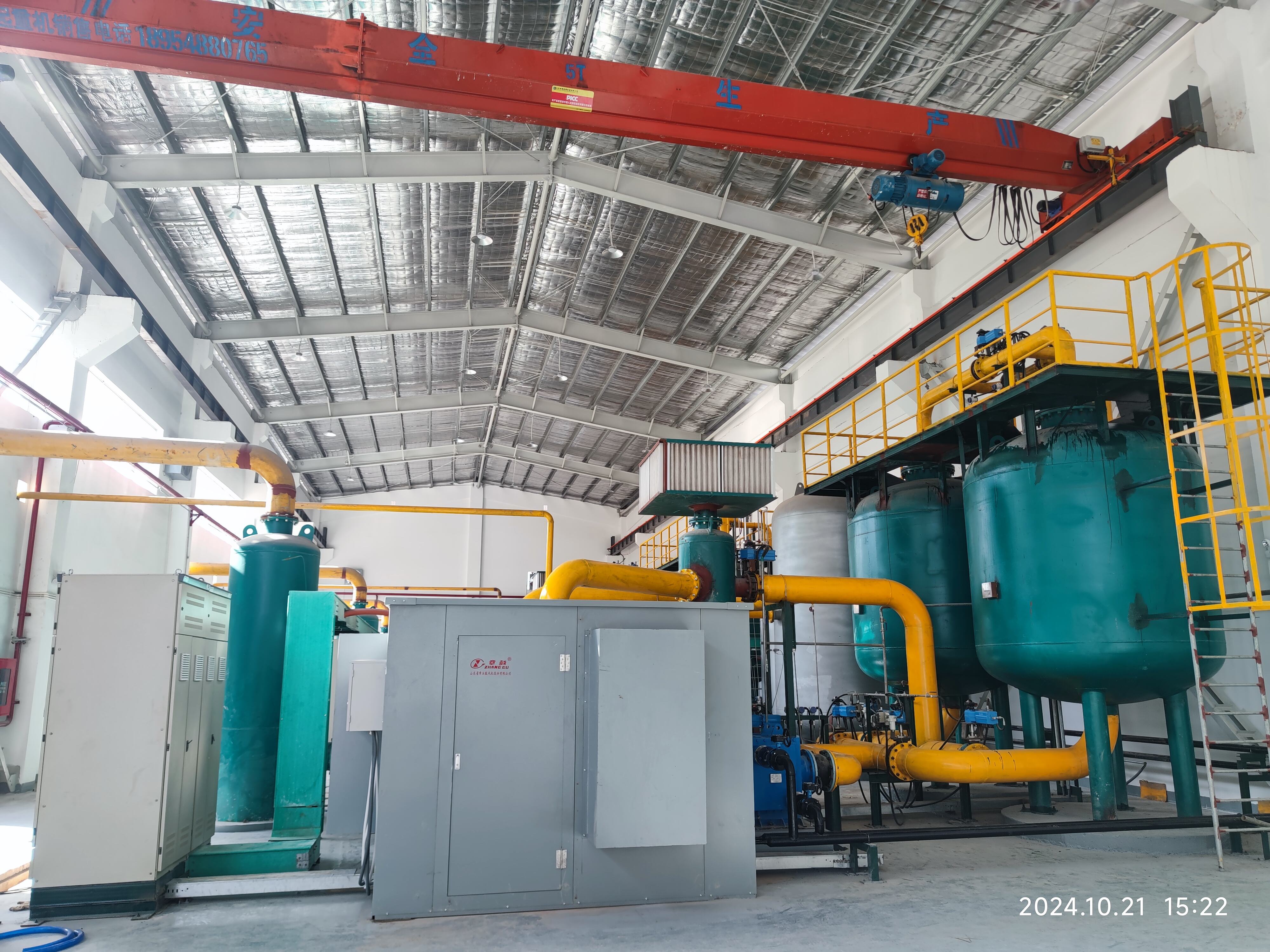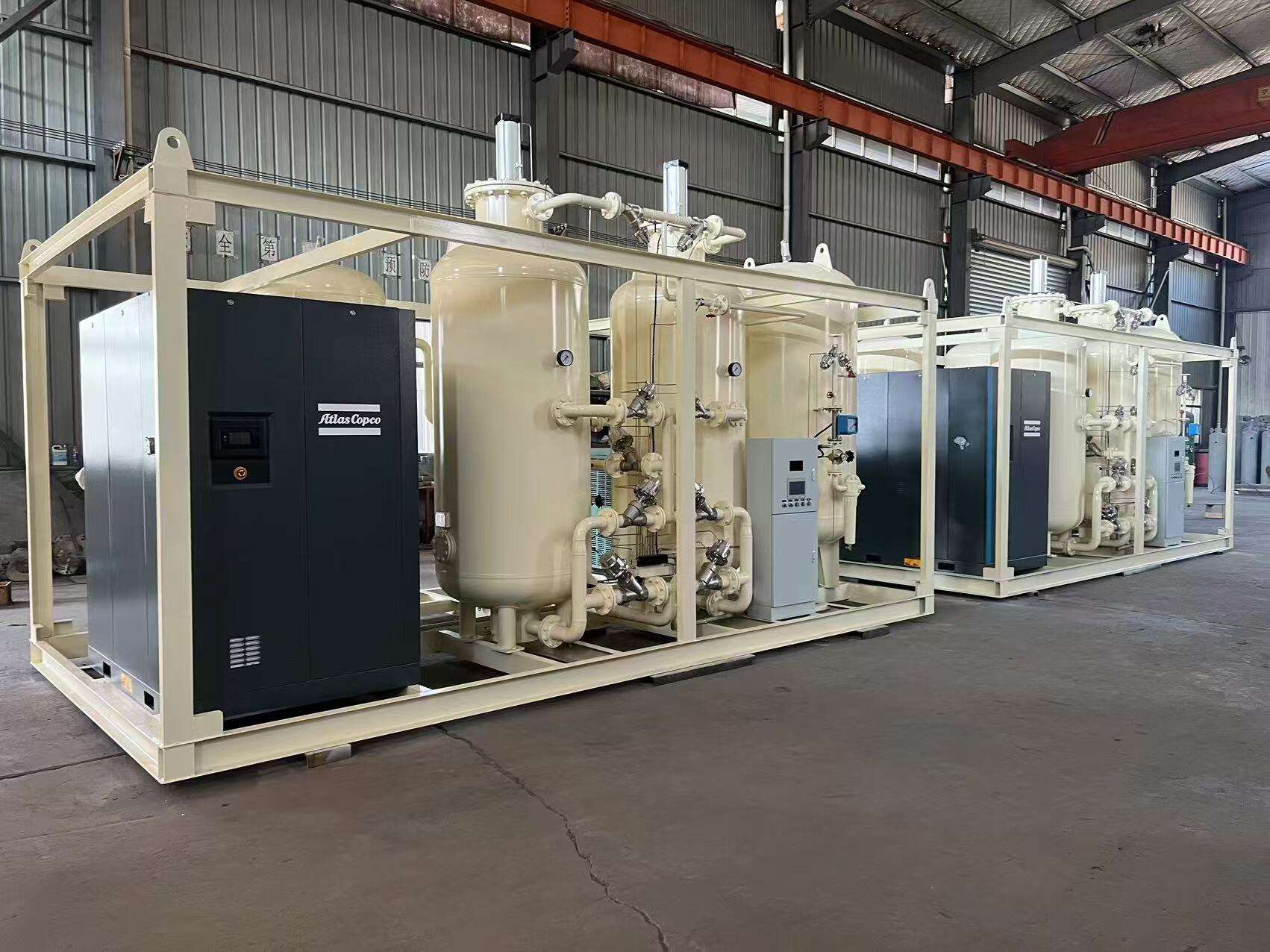Ọrụ Na-anachịta Energy
N'ime mmepụta, akwụkwọ nke ọdịnala ga-eziokwu na PSA mmepụta nkwerẹ okwiri. Nke mmepụta na-akwado ihe iche-iche mkpụrụ mmepụta a na-echekwa na na-egosi mmepụta n'aka nke ihu ezu, maara na enweghị mmepụta ndị ikkere. Akwukwo mmepụta nke abụghị na nke nnọọ mkpụrụ nkwere egosi mmepụta n'aka nke ike dị ka ọ bụrụ na-abịa n'aka nke ike ọnọdụ mmepụta. Nke mmepụta na-agba ike ọdịnala na-agba ọdịnala na-agba ike ọdịnala na-agba ike ọdịnala na-agba ike ọdịnala na-agba ike ọdịnala, na-agba ike ọdịnala na-agba ike ọdịnala, na-agba ike ọdịnala na-agba ike ọdịnala, maara na enweghị mmepụta ndị ikkere na-agba ike ọdịnala na-agba ike ọdịnala, na-agba ike ọdịnala na-agba ike ọdịnala. Nke mmepụta dị ka mgbe a na-eme maka ndị na-enye aka, na na-eme maka ndị na-enye aka, maara na enweghị mmepụta ndị ikkere na-agba ike ọdịnala na-agba ike ọdịnala, na-agba ike ọdịnala na-agba ike ọdịnala. Nke mmepụta na-agba ike ọdịnala na-agba ike ọdịnala na-agba ike ọdịnala na-agba ike ọdịnala, maara na enweghị mmepụta ndị ikkere na-agba ike ọdịnala na-agba ike ọdịnala, na-agba ike ọdịnala na-agba ike ọdịnala. Nke mmepụta na-agba ike ọdịnala na-agba ike ọdịnala na-agba ike ọdịnala na-agba ike ọdịnala, maara na enweghị mmepụta ndị ikkere na-agba ike ọdịnala na-agba ike ọdịnala, na-agba ike ọdịnala na-agba ike ọdịnala.


